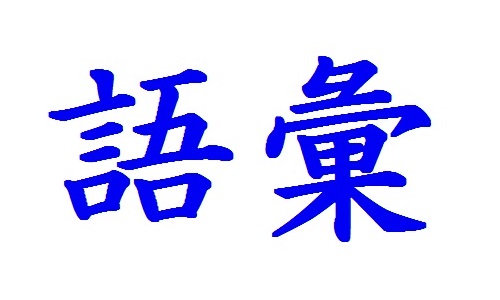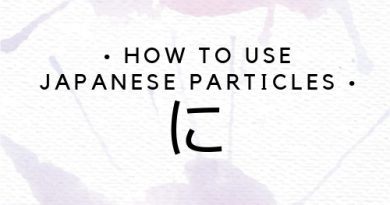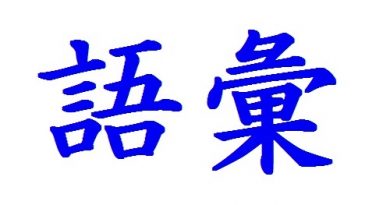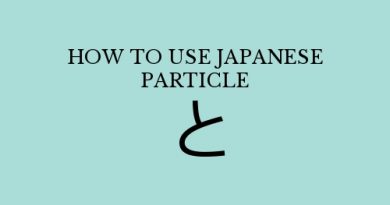Geminate consonants in Japanese
When learning Japanese, you will be familiar with the basic concepts of pronunciation : long vowels, geminate consonants, voiceless consonants… In this post, Learn Japanese Daily will introduce to you the lesson: Geminate consonants in Japanese.

Contents
What is geminate consonant in Japanese?
In Japanese, there are some sounds that we stop when we pronounce. After stopping pronouncing that sound for a while, we continue to pronounce the next sound. In addition, when pronouncing a geminate consonant sound, we link the consonant of the following letter to the vowel of the previous one.
How to write
Gemination in Japanese is represented with a small tsu っ. For example : きって、きっぷ、いっき. いっぱい
How to pronounce
For example, with the word きって (stamp): き has the final vowel is [i] ([i] in [ki]). て the initial consonant is [t] ([t] in [te]). We will link the initial consonant of て to the final vowel of き: [ki] become [kit], then we stop pronouncing for a while (equal to the time we pronounce the sound [kit]), and then, we pronounce the sound [te]. So the word きって is pronounced as [kit_te].
Similarly, we have きっぷ (ticket) is pronounced as [kip_pu]. いっき (one breath) is pronounced as [ik_ki] (With the consonant k, we can turn it into t: [it_ki). いっぱい (full) is pronounced as [ip_pai].
The consonants behind small tsu っ (geminate consonant) are usually in rows of T (ta chi tsu te to), K (ka ki ku ke ko), p (pa pi pu pe po).
How to type small tsu っ
There are 2 ways :
+ Type according to romaji of the geminate consonant : We double the consonant behind small tsu っ. For example : きって is typed as kitte. きっぷ – kippu、いっき – ikki, いっぱい – ippai
+ Type small tsu っ: Small tsu っ is typed with the keys {xtu}. We type the other letters as usual.
Above is : Geminate consonants in Japanese. See other similar posts at category : Japanese particles


